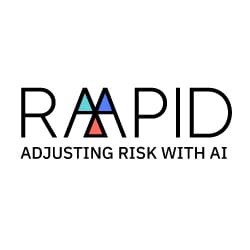The big price tags and longer timelines of environmental, social and governance (ESG) programs can pose unique challenges to finance chiefs charged with maximizing returns.
The push from regulators and many stakeholders to transform and align companies with new sustainability goals is an “enduring change,” which carries unique challenges, said Kristin Moyer, distinguished VP and analyst with Gartner.
“It’s not like any transformation any of us have ever seen,” Moyer said during a talk at the Gartner CFO and Finance Executive Conference Monday. “Digital business is probably a 10-to-20-year transformation. ESG is a 30-to-40-year transformation.”
CFOs are under increasing pressure to help their companies develop ESG programs while regulators and other standard setters worldwide are working to build a consensus behind uniform rules for gauging sustainability.
But Moyer said there are numerous steps that CFOs can take to guide the initiative in their companies so that it specifically drives business values at the same time that they are meeting such goals as lowering carbon emissions or increasing diversity.
When possible, CFOS should find ways to tie non-financial benefits back to the income statement, she said. For example, she said ESG programs help attract and retain employees with some 40% of millennials indicating that they have accepted a job offer due to an employer’s ESG profile, she said.
In addition to being better able to retain a culture and delivering better experience back out to customers, it’s possible to quantify the benefits of ESG as a talent retention tool. “There is a financial value…so for every employee you lose that’s 0.5x to 2x their salary to replace them so if you have a 100,000-person company…that turns into $660 million to $2.6 billion per year of cost avoidance per year.”
She also said it is important that a CFO work to help the board to understand the financial realities of ESG by linking investments with business strategy, showing the opportunity cost of not making investments and assessing the expenditure using a cash value model.
For companies in the transportation industry that could mean determining the future costs and savings of having an electric fleet as opposed to gas-fueled vehicles or it could mean calculating the value of the business opportunity. There’s value in setting up a more sustainably-fueled fleet of delivery vehicles that can serve cities that will require more environmentally friendly vehicles in the future, she said.
There’s “an opportunity cost of not investing in being able to make deliveries in some of these cities as time goes on and as regulations change,” she said.
In addition, she said the market is often conflating some of the acronyms and terms that are key to ESG initiatives and CFOs can lead by educating themselves and others about those nuanced differences.
CFOs themselves will find their roles mostly around ESG, which she defined as a corporate evaluation measure used to assess a company’s corporate social responsibility (CSR). In contrast, sustainability is an outcome and the result of a balancing of short, medium and long-term actions across a company to address a specific company’s sustainability goals.
Financial executives should help their companies “stay grounded in what these definitions mean because all three are very important but different functions,” Moyer said.














